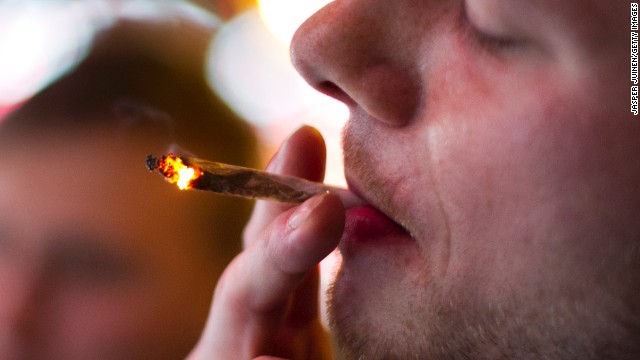“Many people who smoke marijuana experience what increased appetite (which they commonly call the “munchies”). It would stand to reason that people who smoke would gain weight. A new study from France says otherwise.”

“Findings on the relationship between obesity and marijuana use
Dr. Yann Le Strat is a psychiatrist at Louis-Mourier Hospital in Colombes. He says the study his team conducted showed that people who smoked marijuana were less likely to be obese than the general population. Strat and his team looked at results from data collected in the early 2000s.
His findings completely surprised him. Everyone else in the field was shocked to see what they found.
Strat and his team decided to take a closer look at their study. They theorized the subjects in their sample were not representative of the overall population or the study was tainted in some other way. Turning to another study conducted by the NESARC, they found the same thing.
Both studies compared the prevalence of obesity among people who smoked cannabis with those that did not. Strat’s study found the obesity rates among people who didn’t smoke marijuana was 22 percent, compared with a rate of 14.3 percent among those that did smoke. The other study found the obesity rate of pot smokers was 17.2 percent, compared with a rate of 25.3 percent among non-smokers.
Andrea Giancoli is a dietitian in Los Angeles. She states there are number of possible reasons why people who smoke marijuana are less likely to become obese. They may work out more, spend more time outside or eat more fruits or vegetables. However, most people don’t associate these activities with people who smoke cannabis. Is it possible that the stereotypes we’ve had for so many years have been wrong?
Another possibility is associated with the possibility that marijuana smokers drink more water. This may curb their appetite throughout the rest of the day.
Strat acknowledges the possibility that marijuana smokers are more active. He doesn’t think the likelihood is very high, but says it can’t be ruled out. It would be helpful if an additional study was conducted which observed the exercise habits of people smoking marijuana. Such a study could dispel the stereotypes of marijuana smokers and explain the findings in these two studies.
Giancoli and Strat are both clearly interested in understanding the phenomenon. Everybody in their field wants an explanation for these findings. For the moment, the explanation remains a mystery. Both of these studies have clearly created an interesting new insight into marijuana and obesity.”
http://www.hivehealthmedia.com/smoking-marijuana-cure-obesity/






